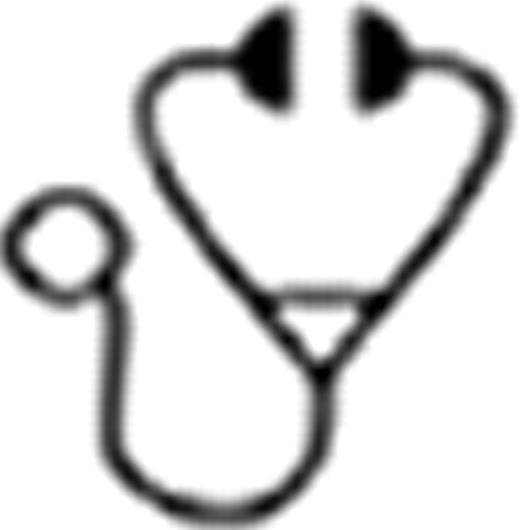Abstract
The achievement of a complete response (CR) is an important prognostic factor in myeloma. The international staging system (ISS) and tumor genetic lesions detected by FISH also impact survival. It is not known whether response rates are adversely affected by these factors, whether achieving CR overcomes the adverse prognosis associated with these factors, or if achievement of CR is more important in a specific biological subgroup. We have examined the importance of CR in the context of these other prognostic factors in the intensive arm of a phase III randomized trial, MRC Myeloma IX, in which all patients were planned to proceed to autologous stem cell transplant (ASCT) after induction.
Patients were randomized to a conventional or thalidomide-based induction regimen followed by ASCT, with a second randomization to maintenance thalidomide versus no maintenance. Response was assessed after completion of induction therapy and 100 days post-ASCT. iFISH was performed on diagnostic bone marrow samples and genetic lesions associated with adverse progression free survival (PFS) were defined as t(4;14), t(14;16), t(14;20), +1q and 17p-.
To confirm that CR was prognostically important in the data set, patients with a CR at 100 days post-ASCT (N=355) were compared to non-CR (N=344) (comprising VGPR, PR and SD). CR was strongly associated with improved PFS (median 30.8 months vs 38.7 months, P<0.001) but was not associated with improved OS at median follow-up of 3.7 years. Response rates were assessed in the context of other prognostic factors. Interestingly, the presence of high risk FISH lesions was not associated with impaired CR rates following induction therapy (P=0.584) or following ASCT (P=0.314). Patients without adverse genetic lesions had a CR rate of 11.1% post-induction which improved to 48.3% post-ASCT. In comparison, patients with adverse FISH lesions had a 13.3% CR rate, rising to 44.9% post ASCT. Similarly, there was no correlation between ISS stage and response. The absence of adverse FISH lesions (hazard ratio (HR) 2.68 (1.94-3.70) P<0.001) and achievement of CR (HR 1.58 (1.15-2.17) P=0.005) were independently associated with improved PFS in multivariate analysis.
The prognostic impact of achieving CR was assessed in various prognostic groups. CR was associated with improved PFS in patients with no adverse FISH lesions (N=179)(median PFS 58.4 vs 37.1 months, P=0.031), and in ISS I (N=182)(median PFS 51.2 vs 33.2 months, P=0.008). In patients with adverse FISH lesions, and in ISS II and III, there was a trend towards improved PFS with CR that was not significant.
For patients achieving CR as their maximum response (N=398), in a multivariate analysis including the ISS, the presence of high risk FISH lesions was the most significant factor associated with impaired PFS and OS. Patients with more than 1 adverse FISH lesion were associated with an especially high risk of progression or death (PFS HR 6.63 (3.23-13.53) P<0.001; OS HR 5.35 (1.98-14.45) P=0.001).
These data show that attainment of CR is an important prognostic factor associated with improved PFS in patients treated with ASCT, and this benefit was most significant in patients with favorable prognostic factors such as lack of adverse FISH lesions and ISS I. The presence of t(4;14), t(14;16), t(14;20), +1q or 17p- was also strongly associated with PFS, and the impaired outcome associated with these adverse genetic lesions was not overcome by achievement of CR, within the context of the therapies used in this trial. The presence of more than 1 adverse FISH lesion identified a patient group with an especially poor prognosis, despite achieving CR. However, CR rates within these high risk patients were similar to patients without adverse genetic features, showing that they were sensitive to chemotherapy, but progressed quickly after therapy was stopped. The implication of these data is that it may be possible to improve the poor outcome of this genetically-defined high risk group with an alternative treatment strategy aimed at maintaining these responses.
Gregory:Celgene: Honoraria. Child:Celgene: Honoraria.

This icon denotes a clinically relevant abstract
Author notes
Asterisk with author names denotes non-ASH members.

